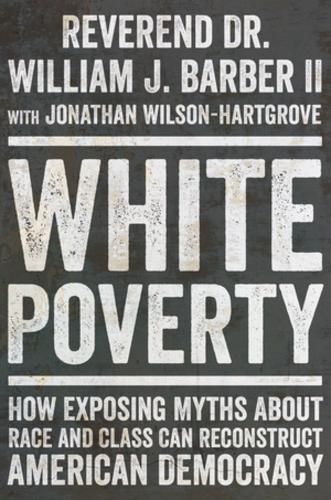Readings Newsletter
Become a Readings Member to make your shopping experience even easier.
Sign in or sign up for free!
You’re not far away from qualifying for FREE standard shipping within Australia
You’ve qualified for FREE standard shipping within Australia
The cart is loading…






When most Americans think of poverty, they imagine Black faces. As a teenager, Reverend William J. Barber II recalls seeing Black mothers interviewed on television whenever there was a story on food stamps or unemployment; poverty, then as now, was depicted as an essentially Black problem. In a work that promises to have lasting repercussions, Barber-now a leading advocate for the rights of our nation's poor and the "closest person we have to Dr. King" (Cornel West)-addresses white poverty as a hugely neglected subject that might just be the key to mitigating racism and bringing together the tens of millions working-class and impoverished whites with low-income Blacks. Recognizing that angry social media posts have replaced food, education, and housing as a "salve" for the white poor, Barber contends that the millions of America's lowest-income earners have much in common, and together with Jonathan Wilson-Hartgrove, provides one of the most sympathetic and visionary approaches to endemic poverty in decades.
$9.00 standard shipping within Australia
FREE standard shipping within Australia for orders over $100.00
Express & International shipping calculated at checkout
When most Americans think of poverty, they imagine Black faces. As a teenager, Reverend William J. Barber II recalls seeing Black mothers interviewed on television whenever there was a story on food stamps or unemployment; poverty, then as now, was depicted as an essentially Black problem. In a work that promises to have lasting repercussions, Barber-now a leading advocate for the rights of our nation's poor and the "closest person we have to Dr. King" (Cornel West)-addresses white poverty as a hugely neglected subject that might just be the key to mitigating racism and bringing together the tens of millions working-class and impoverished whites with low-income Blacks. Recognizing that angry social media posts have replaced food, education, and housing as a "salve" for the white poor, Barber contends that the millions of America's lowest-income earners have much in common, and together with Jonathan Wilson-Hartgrove, provides one of the most sympathetic and visionary approaches to endemic poverty in decades.